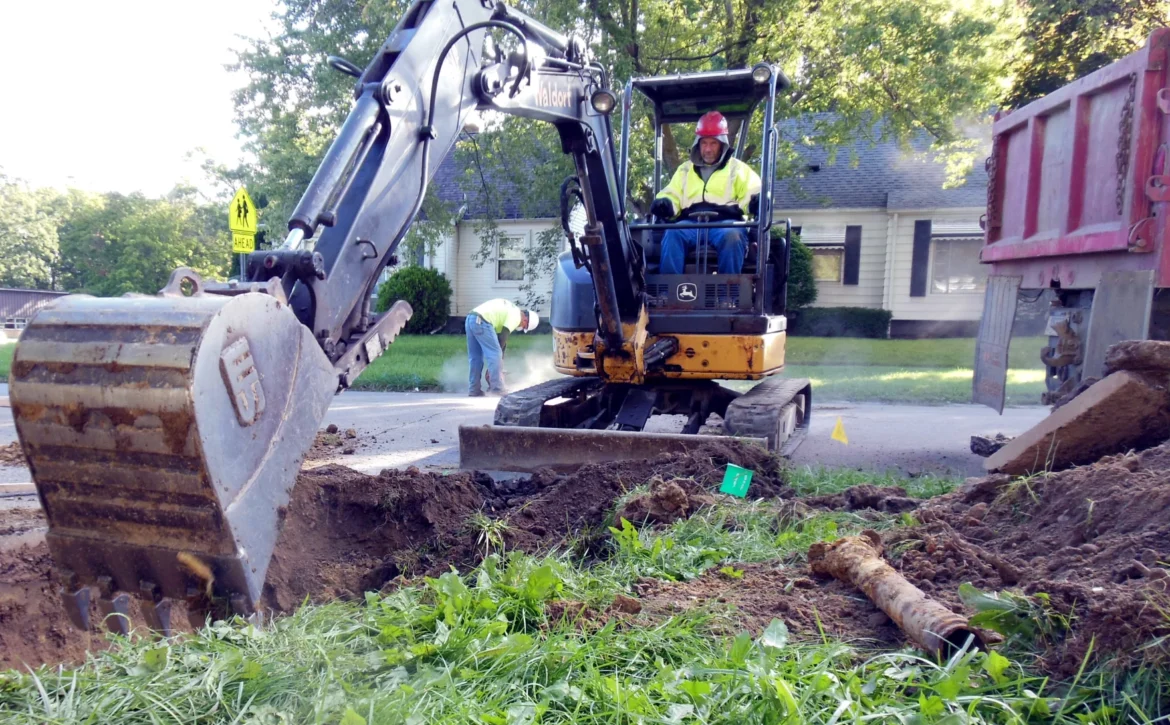Replacing Toxic Lead Pipes Faster: Innovative Procurement and Financing Approaches Are Just as Important as Federal Funding
This report explores how to accelerate lead pipe replacement by applying proven efficiencies and encouraging innovative solutions.




